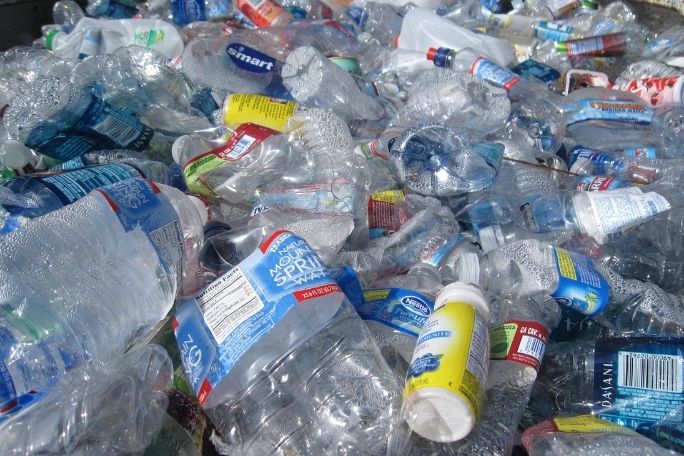Lesson summary
Through class discussion and independent exercises, students explore some of the big environmental issues associated with the current trend of drinking bottled water, and learn that tap water is a safe, tasty, environmentally friendly and cost-effective alternative to bottled water.
Learning intentions:
Students will...
- recognise relationship between bottled water and social behaviour and identify environmental impacts of bottled water.
- communicate effectively in fair and considered class-wide discussion on issues.
- demonstrate the ability to read, evaluate and interpret information about the issues.
- communicate lessons from activity through art or literacy exercises (extension).
Lesson guides and printables
Curriculum links
Select your curriculum from the options below.
Lesson details
Curriculum mapping
Australian Curriculum content descriptions:
Year 7 Science:
- Some of Earth’s resources are renewable, but others are non-renewable (ACSSU116)
- Use scientific knowledge and findings from investigations to evaluate claims (ACSIS132)
Year 7 English:
- Plan, draft and publish imaginative, informative and persuasive texts, selecting aspects of subject matter and particular language, visual, and audio features to convey information and ideas (ACELY1725)
Year 8 Science:
- Science understanding influences the development of practices in areas of human activity such as industry, agriculture and marine and terrestrial resource management (ACSHE136)
- Use scientific knowledge and findings from investigations to evaluate claims (ACSIS234)
Year 8 English:
- Create imaginative, informative and persuasive texts that raise issues, report events and advance opinions, using deliberate language and textual choices, and including digital elements as appropriate (ACELY1736)
Syllabus Outcomes: SC4-13ES, SC4-8WS, SC4-12ES, EN4-4B.
Year levels: 7 and 8
Indoor or outdoor activity: Indoor
Time required: 20 mins
Learning areas addressed: English, Geography, Health and Physical Education.
Level of teacher scaffolding: Lead students in a discussion around bottled water.
Resources required
- Internet access
- Writing materials
Additional info
This is an original Cool.org lesson. Facts and figures in these lessons may have changed since this lesson was published. We always endeavour to update our resources in a timely manner, but if you see an error or issue in our resources please get in touch with us.


Welcome back!
Don't have an account yet?
Log in with:
Create your free Cool.org account.
Many of our resources are free, with an option to upgrade to Cool+ for premium content.
Already have an account?
Sign up with:
By signing up you accept Cool.org's Terms and Conditions(Opens in new tab) and Privacy Policy(Opens in new tab).